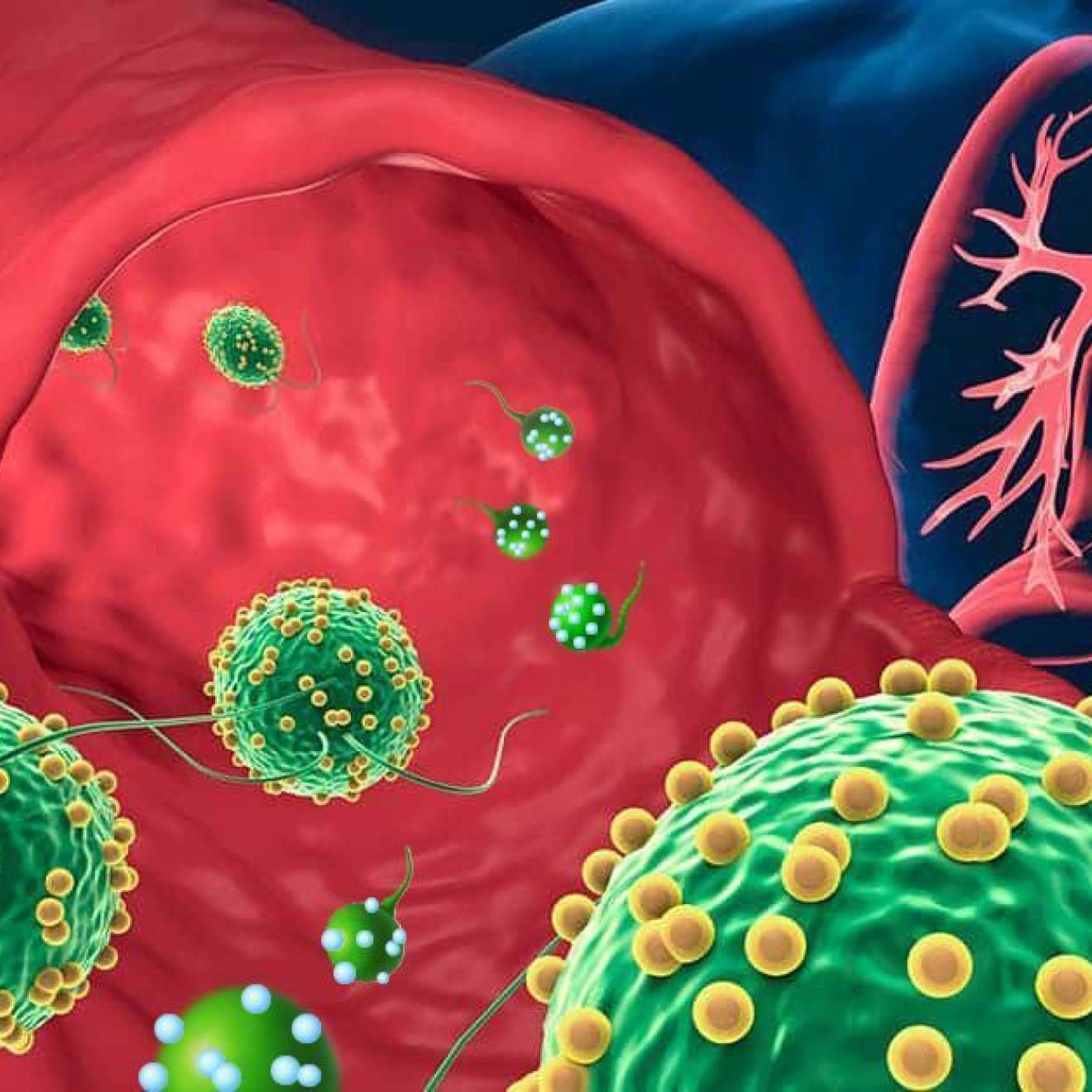Andy Fell, UC Davis

An experimental vaccine against the Zika virus reduced the amount of virus in pregnant rhesus macaques and improved fetal outcomes. The work could help support development and approval of the experimental Zika DNA vaccine VRC5283, which is currently in early stage trials in humans. The results are published Dec. 18 in Science Translational Medicine.
This study marks the first test of a Zika vaccine given before conception with exposure to the virus during pregnancy, said Koen Van Rompay, virologist at the California National Primate Research Center at the University of California, Davis. Zika virus infection of pregnant women is associated with a high risk of adverse fetal effects, including fetal death, microcephaly and other abnormalities, collectively termed congenital Zika syndrome. No approved vaccine is available yet.
The new study was designed to mimic a real-world scenario where women could be vaccinated months or years before becoming pregnant.
UC Davis researchers worked in collaboration with scientists from the National Institute of Allergy and Infectious Diseases, or NIAID, including Barney Graham, deputy director of the NIAID Vaccine Research Center, and Ted Pierson, chief of the NIAID Laboratory of Viral Diseases. The team vaccinated female monkeys with VRC5283. After vaccination, depending on their reproductive cycles, the female animals were housed with males and allowed to procreate. Thirteen vaccinated animals and 12 unvaccinated controls became pregnant.
The investigators exposed the pregnant animals to Zika virus at intervals representing first and second trimesters.
Vaccinated females had less virus in their blood, and the virus persisted for a shorter duration after exposure. Two unvaccinated animals lost the fetus early in pregnancy due to Zika virus infection; there was no early fetus loss in the vaccinated group.
At the end of pregnancy, the researchers looked for Zika virus in tissues from the mothers and fetuses. Eleven of 12 fetuses in the unvaccinated control group had detectable Zika virus RNA. No Zika virus RNA was detected in the 13 fetuses from the vaccinated group, suggesting that the vaccine prevented transmission of virus to the fetus. Antibodies against Zika virus in the vaccinated mother animals correlated with protection against the virus.
Preventing Zika transmission
The results suggest that VRC5283 vaccine may prevent mother-to-fetus transmission of Zika virus in humans as well, Van Rompay said. The candidate vaccine is currently in global phase IIb trials conducted by the VRC to test its safety and ability to elicit an immune response in humans. Additional clinical trials to determine efficacy would be needed to support licensure of the vaccine. Results from the animal studies will help support the case for approving the vaccine.
Ongoing work with this animal model of Zika virus infection includes evaluation of the ability of passive antibody to the virus to protect against Zika virus infection in pregnancy. Because it takes some weeks for antibodies to develop after a vaccination, passive antibody transfer might be used to immediately treat a pregnant woman who is at risk of getting infected or has symptoms of Zika virus infection.
UC Davis researchers are also looking at how Zika virus affects the development of young macaques. Rhesus macaques do not develop the same head malformation (microcephaly) seen in some human infants, Van Rompay said, but this may be a relatively rare complication. It is thought that there could be many more infants exposed to Zika virus before birth who may show more subtle developmental deficits.
“In our previous studies, we found microscopic brain lesions in fetuses exposed to Zika virus,” Van Rompay said. By carefully monitoring macaques that were exposed to the virus before birth for a long time after birth, the UC Davis researchers hope to pick up on other problems that might also show up in children.
Other co-authors on the study are: at UC Davis, Rebekah Keesler, Amir Ardeshir, Jennifer Watanabe, Jodie Usachenko, Anil Singapuri, Christina Cruzen, Eliza Bliss-Moreau, Ashley Murphy, JoAnn Yee, Danilo Lemos, Jackson Stuart, Erin Ball, Kevin Woolard and Lark Coffey; Helen Webster, Maria Dennis, Tulika Singh, Holly Heimsath and Sallie Permar at Duke University Medical Center; Kaitlyn Morabito, Bryant Foreman, Katherine Burgomaster, Amy Noe, Kimberly Dowd and Kathryn Foulds at NIAID; Pietro Presicce and Suhas Kallapur, UCLA.
This research was funded, in part, by these grants from the National Institutes of Health: R21-AI-129479-S; P51-OD-11107; R21-NS-104692; R21-HD-090856; R01-HD-098389; T32- CA009111 and by the NIAID Intramural Research Program.

